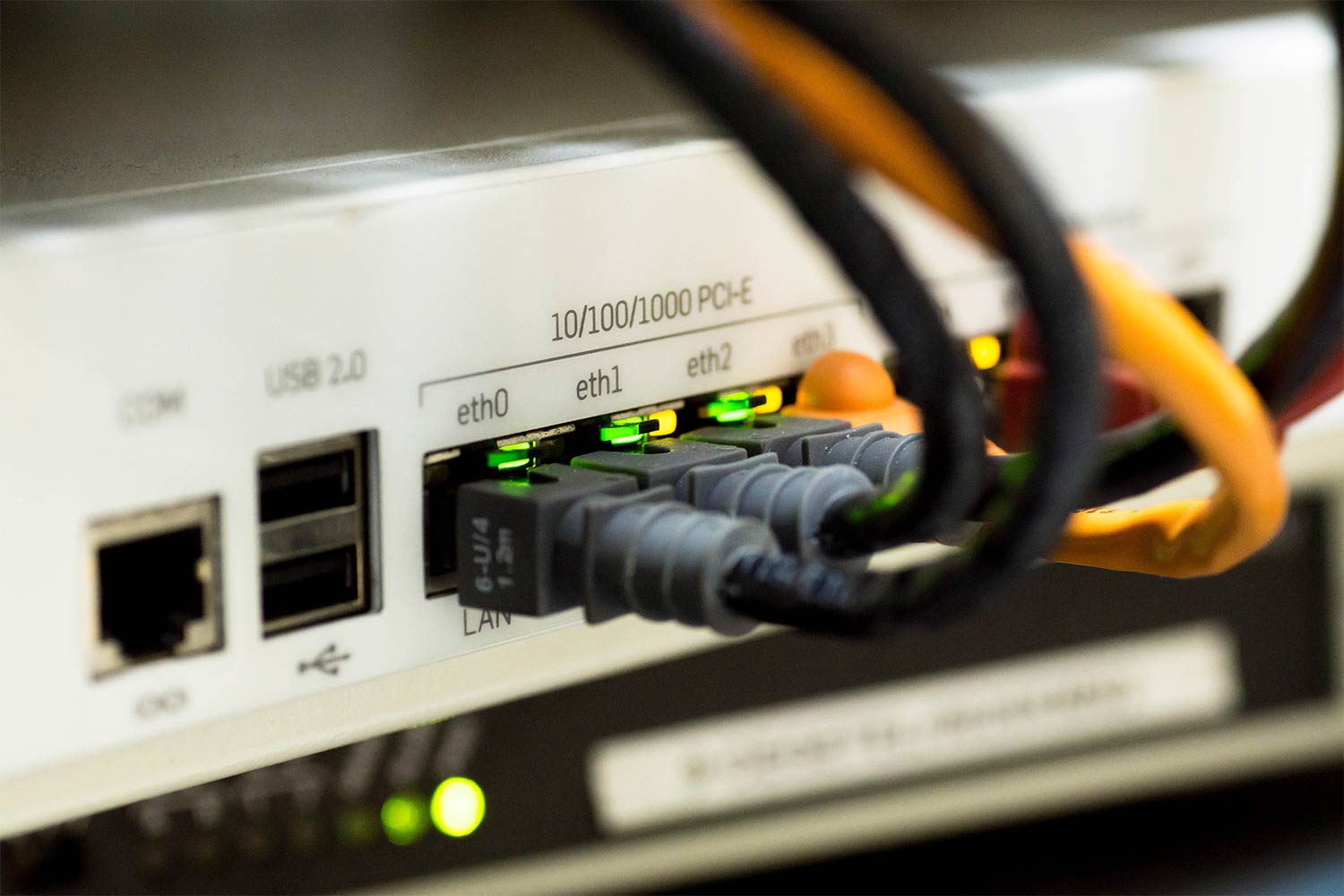
As a business owner, it is possible IT infrastructure and its management may be overlooked in favour of the front-of-house daily activities. However, IT infrastructure and its management is critical to the successful running of business processes from day to day as well as longer term goals for efficiency and improvement.
Businesses’ demand on IT systems will only increase over time, creating more need on IT to be fast, scalable, reliable, and so on.
This guide to IT infrastructure management will provide an overview of IT infrastructure, its key components, and how to manage it well.
What is IT Infrastructure Management?
IT infrastructure facilitates the operation of business both physically and through processes. In more specific terms to IT, it is elements that support data usage and management, through physical hardware, business software, or other IT solutions.
IT infrastructure can include a variety of elements affecting business such as storage, energy consumptions, wireless/wired network operations, security, mobile connectivity, maintenance/service updates. Although the infrastructure may be behind the scenes, the effects are felt across the whole business.
The management of IT infrastructure, therefore, is the control and structure of infrastructure to maximise productivity without downtime. The maintenance, upgrade and general surveying of IT is crucial to delivering consistent services, streamlining internal processes, and ultimately improving output of services for customers.
Proper and successful IT infrastructure management can result in successful business processes and productivity.
See more: How to Prepare Your Business for the Big Data Era and an Expanding Digital Landscape.
What Are the Main Components of IT Infrastructure Management?
Usually the central components of IT infrastructure are given as hardware, software, networking components, operating systems and data storage.
Hardware – physical components required for IT services such as servers, routers, switches etc.
Software – applications used for business processes; webservers or Enterprise Resource Planning (ERP).
Network – components joined together for communication and connectivity i.e. internet
Infrastructure type for data storage can vary too; traditional (physical hardware), cloud (infrastructure to support cloud hosting both private or public), and hyperconverged (managed from a single interface).
Essentially, whatever the type and purpose of IT infrastructure, the purpose of managing is to maintain and improve existing processes.
Remote Infrastructure Management
For smaller businesses, IT infrastructure is often managed in house by one or two dedicated employees, however services can be outsourced.
Remote infrastructure management has become especially relevant with the rise of homeworking, as well as globalisation encouraging the spread of business across countries. As cloud storage grows in popularity and there are less fixed places for hardware or centralising business processes, IT infrastructure managers may have to adapt to remote management.
See more: Cloud Migration – Moving to the Cloud? Read this First.
Why is IT Infrastructure Management Important?
There are many benefits to successful IT infrastructure management, mainly concerning financials and business operations.
The main benefits are:
- Response times – in the event of IT disruption, the time of response is much quicker when the system is familiar and constantly monitored.
- Cost effective – automation of processes can decrease required labour and reduce costs.
- Streamline – effective IT infrastructure can improve operations and increase productivity.
- Reduces downtime – system downtime can be costly to business in time and money, but proper management prevents downtime.
- Customer satisfaction – if you have slow or failing IT infrastructure, this usually reflects on customers negatively.
Tips for Managing IT Infrastructure
Depending on business size, managing IT infrastructure can be a large task.
Here are some top tips for IT infrastructure management:
Have a disaster recovery plan
Have plans in place for a plethora of potential issues that may arise and then if any disruptions happen, resolution is found quickly and without stress.
Maximise IT infrastructure
If you have underused or poorly applied IT infrastructure, find alternative solutions to either use infrastructure to its full potential, or reduce the possible costly elements you have. For example, having multiple hardware storage solutions may be a costly alternative than more scalable cloud storage.
Tailor to your business
Assess how your business currently utilises IT infrastructure and how successful it is. Where businesses use IT to their benefit, advertised software changes or advanced hardware are unnecessary and would only overcomplicate a system they have made work for themselves. On the other hand, businesses should not hold back on investing in IT if it pays off in improved productivity or efficiency.
Train employees
Make sure everyone knows the basics of IT. It is better to set aside a small amount of time for training and ensure IT is used properly as opposed to spending large amounts of time redoing processes and amending mistakes.
Learn More with PureComms
If you are looking for expert support with your business’ telecoms or a range of other services, contact PureComms. Our team of specialists understand the unique needs of each business, helping you find IT and communications solutions tailored to your requirements. From equipment and physical infrastructure to connectivity, we are on hand help you achieve hassle free telecoms.

